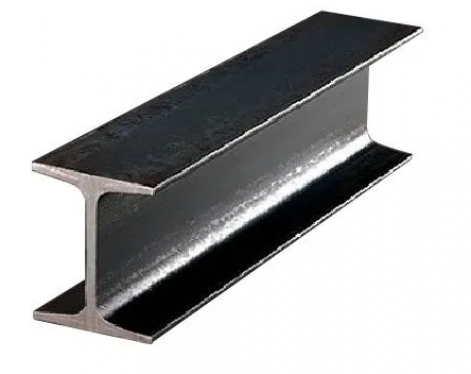ASTM A53 is a standard for seamless and welded steel pipes promulgated by the American Society for Testing and Materials (ASTM). It is suitable for mechanical and pressure applications and is also acceptable for ordinary uses in steam, water, gas and air lines.
Sizes:NPS 1/8” to NPS 26”(DN 6 to DN 650)
Schedules: S/10, S/20, S/40, STD, S/60, S/80, XH, S/100, S/120, S/140, S/160 and XXH
ASTM A53 includes three types of steel pipes, namely Type F – Furnace-butt welded continuous Welded Pipe (Grade A), Type E – Electric Resistance Welded Pipe (Grade A and Grade B), Type S – Seamless Pipe (Grade A and Grade B).

The most fundamental difference between ASTM A53 Grade A and Grade B steel pipes is their mechanical properties, especially their minimum yield strength and tensile strength.This makes Grade B more suitable than Grade A for high pressure applications.
Yield Strength:
Yield strength is the critical stress value at which a material yields. (Note: Yield strength is only for elastic materials)
First, the material undergoes elastic deformation under the action of external force, following Hooke's law. What is elastic deformation? That is, when the external force is removed, the material will return to its original size and shape. When the external force continues to increase and reaches a certain value, the material will enter the plastic deformation period. Once the material enters plastic deformation, the original size and shape of the material cannot be restored when exposed to external force! The strength that causes the critical point between elastic deformation and plastic deformation is the yield strength.
ASTM A53 Grade B generally has a higher minimum yield strength than Grade A. For example, Grade A may have a minimum yield strength of 205 MPa (30 ksi), while Grade B may have a minimum yield strength of 240 MPa (35 ksi).
Tensile strength:
Tensile strength refers to the maximum stress a material can withstand before breaking.
When the steel pipe yields to a certain extent, its ability to resist deformation increases again due to the rearrangement of the internal grains. Although the deformation develops rapidly at this time, it can only increase with the increase of stress until the stress reaches the maximum value. After that, the ability of the steel to resist deformation was significantly reduced, and large plastic deformation occurred at the weakest point, where the cross-section of the specimen rapidly shrank, causing necking until fracture and failure. The maximum stress value before the steel breaks under tension is called the strength limit or tensile strength.
Grade B steel pipe also generally has higher tensile strength than Grade A. Grade B steel pipe generally has a higher tensile strength than Grade A, making Grade B more suitable for applications that can withstand higher pressures.
1.ASTM A53 Grade A vs B seamless steel pipes
|
Feature |
ASTM A53 Grade A |
ASTM A53 Grade B |
|---|---|---|
|
Material |
Carbon steel |
Carbon steel |
|
Manufacturing Process |
Seamless |
Seamless |
|
Applications |
Pressure piping systems (lower pressure), structural applications (non-critical), mechanical tubing (depending on wall thickness) |
Pressure piping systems (higher pressure), structural applications (non-critical), mechanical tubing (depending on wall thickness) |
|
Tensile Strength |
Minimum 48,000 psi (331 MPa) |
Minimum 60,000 psi (414 MPa) |
|
Yield Strength |
Minimum 30,000 psi (207 MPa) |
Minimum 35,000 psi (241 MPa) |
|
Pressure Withholding Capacity |
Lower |
Higher |
|
Cost |
Less expensive |
More expensive |
|
Additional Considerations |
Suitable for lower pressure applications, more cost-effective |
Suitable for higher pressure applications, offers higher strength and resistance to deformation |
|
Manufacturing Process Differences |
No additional elements or processing steps typically involved |
May involve alloying, heat treatment, or cold working to enhance strength |
|
Advantages |
More cost-effective |
Higher strength, better pressure resistance |
|
Disadvantages |
Lower strength, lower pressure resistance |
More expensive |
2.ASTM A53 Grades A and B Pipe - Permissible Variations
|
Attribute |
Permissible Variations for ASTM A53 Grade A and B Pipes |
|---|---|
|
Outside Diameter (OD) |
±1/64" (0.40mm) for sizes up to and including NPS 1-1/2" and ±1% of the specified O.D. for NPS 2" and above |
|
Wall Thickness |
Minimum wall thickness variation is typically 12.5% maximum |
|
Lengths |
Varies by manufacturer and specific product standards; refer to individual pipe length specifications |
|
Straightness |
The standard does not provide a specific value in the search results; refer to ASTM A53 for detailed straightness tolerances |
|
Weight per Foot |
Pipe shall not vary more than ± 10% from the standard specified weight |









